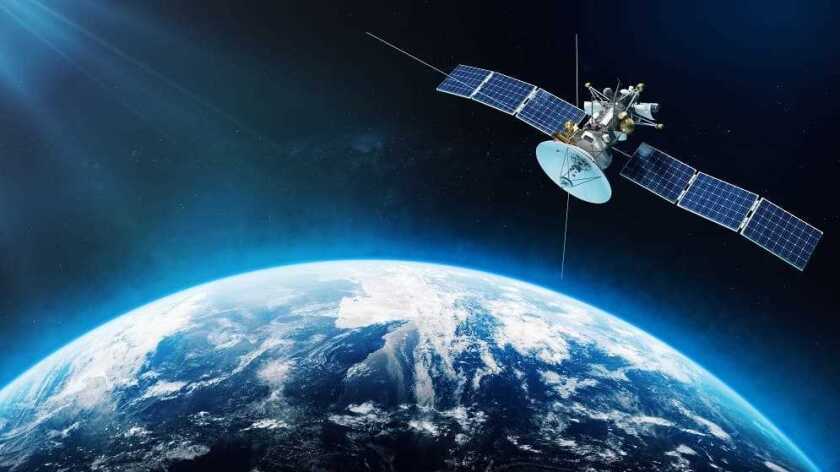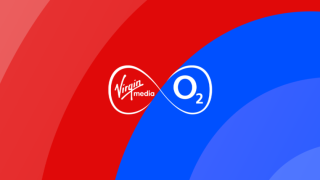Far from being relics of the past, GEO satellites are finding renewed relevance when combined with LEO systems to create powerful multi-orbit solutions, enabling businesses to harness the unique advantages of both orbital configurations, resulting in more robust and versatile connectivity options.
Capacity spoke exclusively with Toby Robinson, chief of strategy and business development at Avanti Communications following the release of a white paper on multi-orbit solutions to examine how they can address diverse customer needs.
Subscribe today for free
Industry transformation
When considering the satellite industry as a whole, there are far fewer companies than there are actual satellites orbiting the planet.
Where there were several major players in the traditional GEO space, that number has dwindled following several high-profile mergers, with Viasat acquiring Inmarsat in May 2023 and SES' on-again, off-again attempts to purchase Intelsat.
But what has “turned everything on its head” in a challenge to the traditional players, according to Robinson, is the emergence of new space players, the LEO providers, the highest profile of which being Starlink and SpaceX from one Elon Musk.
Robinson explained that with these new players comes new money and new ideas like 3D printing satellites and shifts to virtualisation with the new players kicking the old guard up the backside to innovate and compete.
"I think what you'd have to reflect on was quite a sort of stable, almost conservative industry, in terms of the space industry. This has turned everything on its head in a very exciting way."
The emergence of players like Starlink may pose a competition conundrum to some players, but Robinson highlighted that it’s increased public awareness of the industry.
An industry that historically, in Robinson’s view, “wasn’t great” at promoting itself is now quickly becoming “a dinner party conversation, which it never really used to be.”
For the team at Avanti, Robinson explained that the shift towards increased has led to a more customer-centric model in which it looks to better understand user needs and then build solutions around that.
GEO versus LEO: What’s the difference?

GEO satellites orbit at far higher altitudes, appearing stationary and excelling in reliability, security, and stability while being more sustainable due to fewer satellites and longer lifespans.
LEO satellites, meanwhile, orbit much lower, moving rapidly and offering lower latency, global coverage, and higher capacity density, but requiring frequent handoffs between satellites.
These differences between the two satellites result in distinct service attributes, making each orbit type suitable for different customer needs and use cases — which is where Avanti’s idea of understanding what the customer needs is where multi-orbit solutions come in, providing customers with a wave of options, choices, and complexity.
Robinson likened the reinvention of GEO to famous American author Mark Twain reading his own prematurely published obituary: “Reports of my death are greatly exaggerated.”
“Leo is amazing for latency and global coverage but if you want real carrier-grade reliability, which particularly a lot of our enterprise and government customers do, then GEO is just architected in a better way for doing that,” Robinson explained.
Combining LEO with GEO enables operators like Avanti to offer ultra-high-reliability GEO links between a customer’s key locations and then add smaller LEO solutions for applications that require lower latency, providing the best of both worlds.
For instance, a hybrid system could offer government and defence agencies the flexibility to request ultra-secure, high-availability communications for main sites and low-latency options for critical operations. It could also provide seamless global coverage with high reliability for businesses in the maritime and aviation sectors.
Robinson spoke of how a combination of GEO and LEO helped to meet the needs of a bank in South Africa.
“Banks are really data businesses, all the transactions, etc., everything is data and without access to their data, they can't operate. However, over the last few years, South Africa has had terrible power problems leading to blackouts and if the power goes down, the fibre goes down.”
“The bank we're working with, they've got their headquarters building, larger branches, and their data centre in South Africa, and then some of their international payment processing happens in the UK.
“On the one hand, we can put high security, high performance, ultra high-reliability GEO links between all those key locations to give them the reliable service to keep operating but also power a small number of applications using a Leo solution and an SD Wan box so the customer gets the best of both worlds.”
The future of hybrid satellite solutions
Looking ahead, Robinson envisions a future where hybrid satellite solutions become as seamless and ubiquitous as today's integrated terrestrial networks, drawing on a parallel with current transitions between mobile and Wi-Fi networks.
"We see multi-orbit going big, with GEO and LEO just being different networks," Robinson explained. "These integrated solutions will become more commonplace and easier to implement."
Robinson predicted that as technology advances, a GEO/LEO hybrid approach will likely become the norm, with the underlying complexity hidden from the end user.
“The customer doesn't need to worry about the technology," he states. "It's hidden behind the curtain. They're just getting a great service that delivers their needs."
RELATED STORIES
Avanti Communications and Telesat to test and develop LEO services






